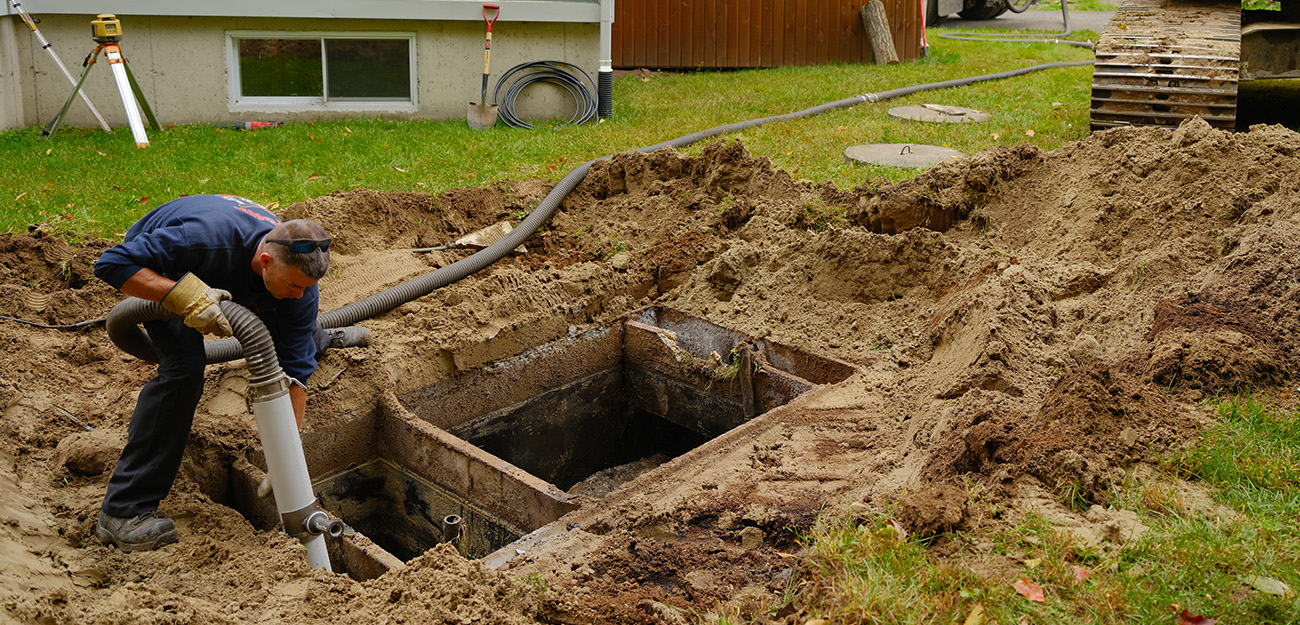Certain aspects of home ownership are usually hidden until they become a problem. Septic systems are among those essential, but often neglected components in a home. It is easy to assume that it can do its job without maintenance. Septic tanks, as with all systems, have a finite time span of operation and have to be replaced at some point.

Homeowners who aren’t prepared may be unable to pay for the expense of a new septic system. It is vital to realize the various factors that influence the price of a septic tank.
To determine the real cost of a septic tank replacement, you must look beyond the cost. It is not merely about replacing the tank with a new one. The cost will be affected by a variety of services and components. Each step, ranging from obtaining permits to hiring contractors and even excavation, will cost money. Homeowners must budget accordingly.
One of the primary considerations is the septic tank replacement cost itself, including the cost to install septic tank and leach field. The cost of replacing the tank is subject to a wide range of variations based on the size and material of the tank, as well as the complexity of installation. Also, the area of your property, local laws, and soil conditions will also influence the cost. It is recommended to consult with experts from septic systems who will assess your requirements and provide a precise estimate. They’ll also look at the size and design the leach field, to give you a complete idea of how much the project is going to cost.
In addition to the tank the other major expense is the leach field or drainfield. This element plays a crucial function in wastewater treatment as well as dispersal. The cost of replacing a leach field that is damaged or not functioning can be significantly increased by meticulous planning. When calculating the expense, it’s crucial to account for elements like the dimension and composition of the leach fields, their accessibility, and soil composition.
The expenses of a new septic system can be not just tangible, they are also intangible. The process may disrupt your day-to-day routine, requiring the temporary removal of your home or limit the use of water during the installation. It is important to consider these annoyances when planning your project since they may affect your routine and create additional costs, including accommodation or changes to your schedule.
It is also important to be aware that proper maintenance and care of your septic systems are essential to prolong their life and reduce the risk of premature replacement. By not taking care of regular maintenance, it can result in more serious issues in the future including tank failure or damage to the drainfield. Plan for septic maintenance in advance is a smart investment that will help you save money in the long run.
By now, you may be aware that determining the total price of a replacement septic tank is not a straightforward task. This requires careful evaluation of numerous factors that range from the size and type of tank, to the complexity installing it as well as the condition and condition of the leachfield. Your property’s location and local regulations will also have an impact on the cost. To accurately calculate the price, it’s essential to consult with professionals experienced in septic system replacement.
When you’re considering replacing your septic system, you could be surprised to learn there’s hidden costs which you’ve not expected. These costs can accumulate quickly, and it’s essential to keep track of them prior to making a decision.
These are a few of the hidden costs involved in replacing an septic tank:
Cost of inspections and permits. You’ll need permits from your local authority before you begin working on your septic system replacement. These permits are likely to be costly, and you might also have to pay extra for inspections.
The cost of excavation and removal. Before the new system can install, it will be necessary to dismantle and remove the old system. This is a cost-effective process, especially if your old system is in a difficult-to-access area.
The expense of backfilling and graders. Once the old system has been gone, it is required to grade and backfill the hole. This is crucial to make sure that the new system is correctly draining.
The cost of landscaping. When the new system is installed, you might need to plant some trees to keep the area looking neat and tidy. The cost can quickly add by the time you engage a landscaping professional.
When planning the replacement of your septic tank, it’s crucial to consider these hidden costs. If you do this you’ll stay clear of any unexpected costs in the future.
Eco-friendly septic systems can be a fantastic alternative for homeowners with a limited budget. They are not only cost-effective alternatives to conventional system of septic, but they aid in conserving the environment by minimizing runoff as well as reducing the impact of water pollution. In addition, eco-friendly solutions for septic are becoming more readily available and affordable, making them a great choice for those looking to reduce their impact on the environment without breaking the bank. Although there are some initial costs associated with changing to an eco-friendly system, the savings in time will more than compensate for these. It’s not just a fad, but a lifestyle change anyone who are committed to protecting our planet for the future. With the proper equipment, you can ensure that your home runs efficiently in a timely manner, at a low cost for maintenance.